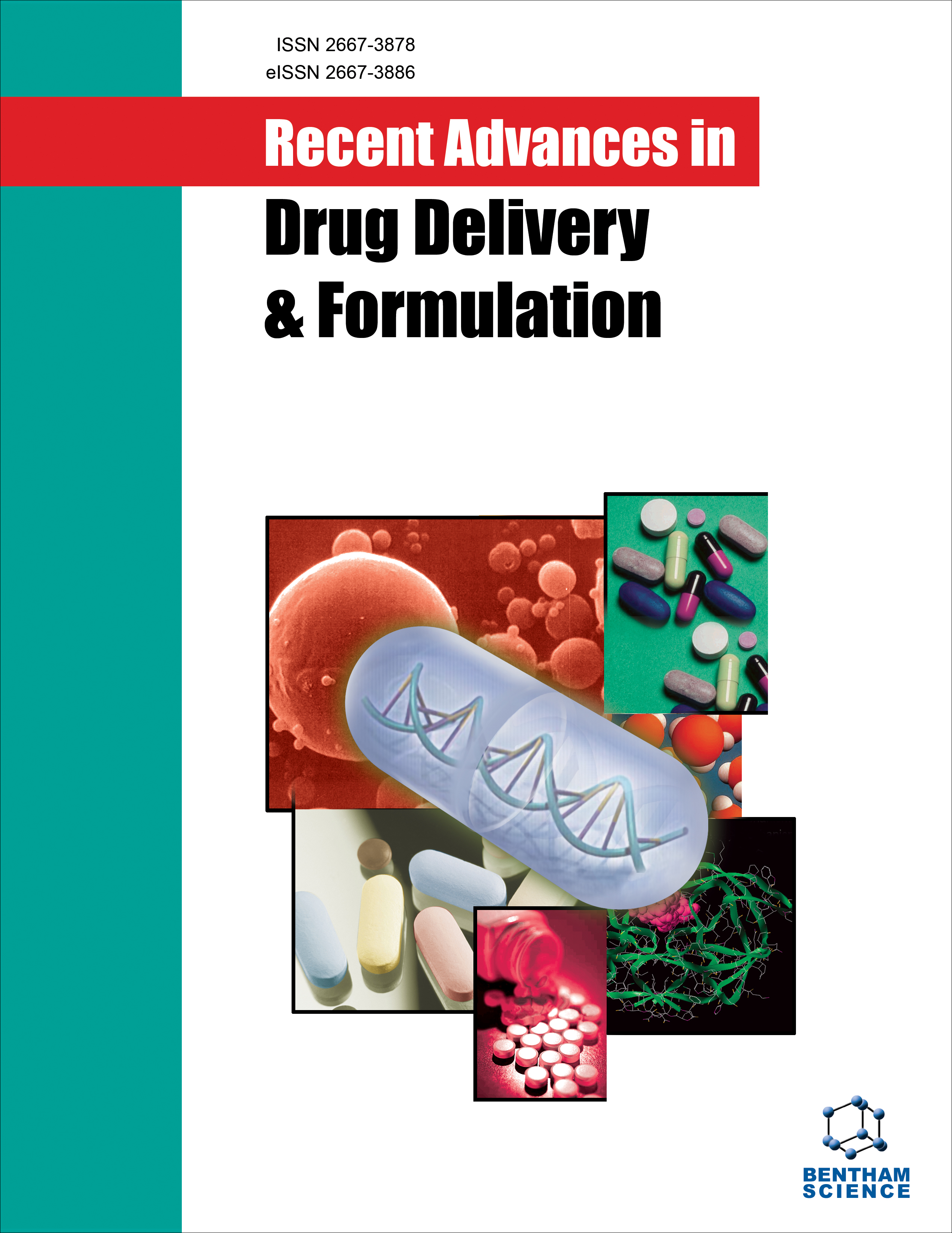
Full text loading...
We use cookies to track usage and preferences.I Understand
Breast cancer continues to pose a significant global health challenge, with conventional therapies frequently hindered by resistance mechanisms and undesirable side effects. This review investigates the therapeutic potential of polyphenols—naturally occurring compounds recognized for their antioxidant, anti-inflammatory, and anti-cancer properties—as alternative or complementary treatments for breast cancer. We examine the molecular pathways through which polyphenols exert their effects, including their influence on oxidative stress modulation, inflammatory responses, cellular proliferation, apoptosis, and estrogen receptor signalling. Additionally, this review addresses innovative nano-based drug delivery systems such as nanoparticles, liposomes, niosomes, and phytosomes that enhance the stability, bioavailability, and targeted delivery of polyphenols. These advanced formulations aim to overcome challenges related to polyphenol degradation, low solubility, and rapid systemic clearance, thereby enhancing their therapeutic efficacy. Through a detailed analysis, we assess the contributions of various nanocarriers in optimizing the delivery of polyphenols specifically to breast cancer cells while minimizing systemic toxicity. The evidence presented highlights the potential of polyphenols in breast cancer management, further supported by nanoformulations that improve both stability and delivery efficiency.

Article metrics loading...

Full text loading...
References


Data & Media loading...

